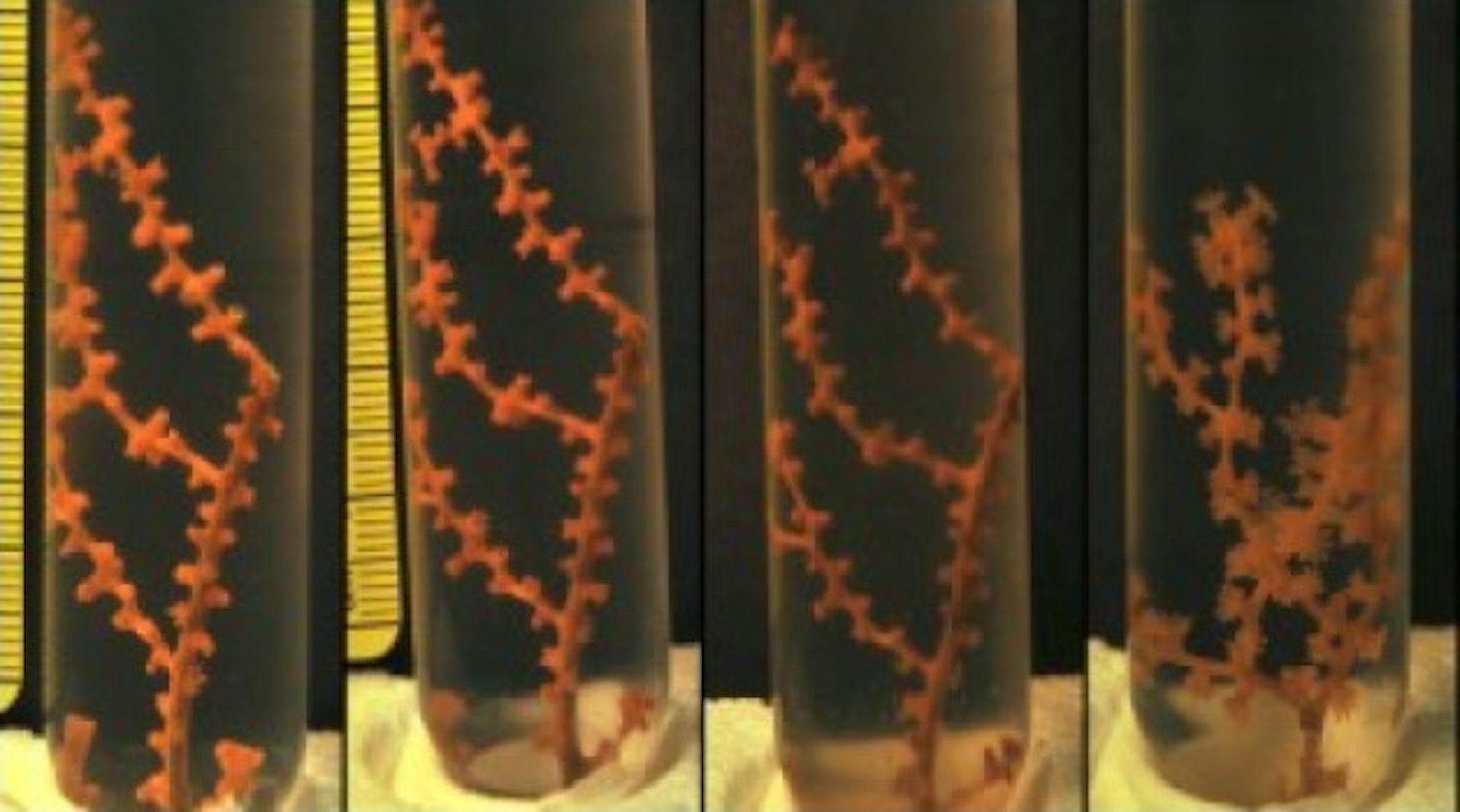

“Heterogeneous and 3D integration are key enabling technologies for next-generation electronics packaging and critical to re-establishing U.S. These methods are used in the field of microelectronics packaging, which refers to how semiconductor devices are connected for use in consumer products and encased for protection and heat dissipation. Fulton Schools of Engineering Fulton Professor of Microelectronics Krishnendu Chakrabarty leads ASU’s contributions to the center, which is conducting efforts in electrical testing and security.Ĭhakrabarty’s research will focus on test and security functions in 3D integration, which involves connecting semiconductor devices together vertically, and heterogeneous integration, which combines semiconductors manufactured in different locations together into one device. Leonhard Endowed Chair in Penn State College of Engineering’s School of Electrical Engineering and Computer Science, in a news release. “Phenomenal growth requires new and transformative logic, memory and interconnect technologies to overcome the inevitable slowdown of traditional dimensional scaling of semiconductors,” says CHIMES Director Madhavan Swaminathan, head of electrical engineering and William E.

Fourteen university partners, including Arizona State University, will collaborate through the center to advance future microelectronics capabilities. One of these research centers is the Center for Heterogeneous Integration of Micro Electronic Systems, or CHIMES, led by Penn State. The coalition is a public-private partnership made up of universities, industry partners and the Defense Advanced Research Projects Agency, or DARPA.Īccording to DARPA, JUMP 2.0 consists of research centers focusing on a variety of technical challenges relevant to semiconductors. In response to such large changes in the semiconductor industry, the Semiconductor Research Corporation, or SRC, formed the Joint University Microelectronics Program, or JUMP, 2.0.
PENN STATE REMOTE WAKE UP FULL
Photo courtesy L N/Unsplash Download Full Image Fulton Professor of Microelectronics Krishnendu Chakrabarty leads Arizona State University’s contributions to the Center for Heterogeneous Integration of Micro Electronic Systems, or CHIMES, a research center comprised of 14 universities and funded by the Semiconductor Research Corporation and the Defense Advanced Research Projects Agency.

This has left those in the semiconductor field to explore new types of technology. Semiconductor technology is also close to approaching the limits of Moore’s Law, which states that chips double in computing power every two years while costs are cut in half. In response, companies are increasing semiconductor production in the U.S. Semiconductor manufacturing, largely done abroad, is threatened by political instability that could derail current global supply chains. The global microelectronics industry is undergoing massive changes.


 0 kommentar(er)
0 kommentar(er)
